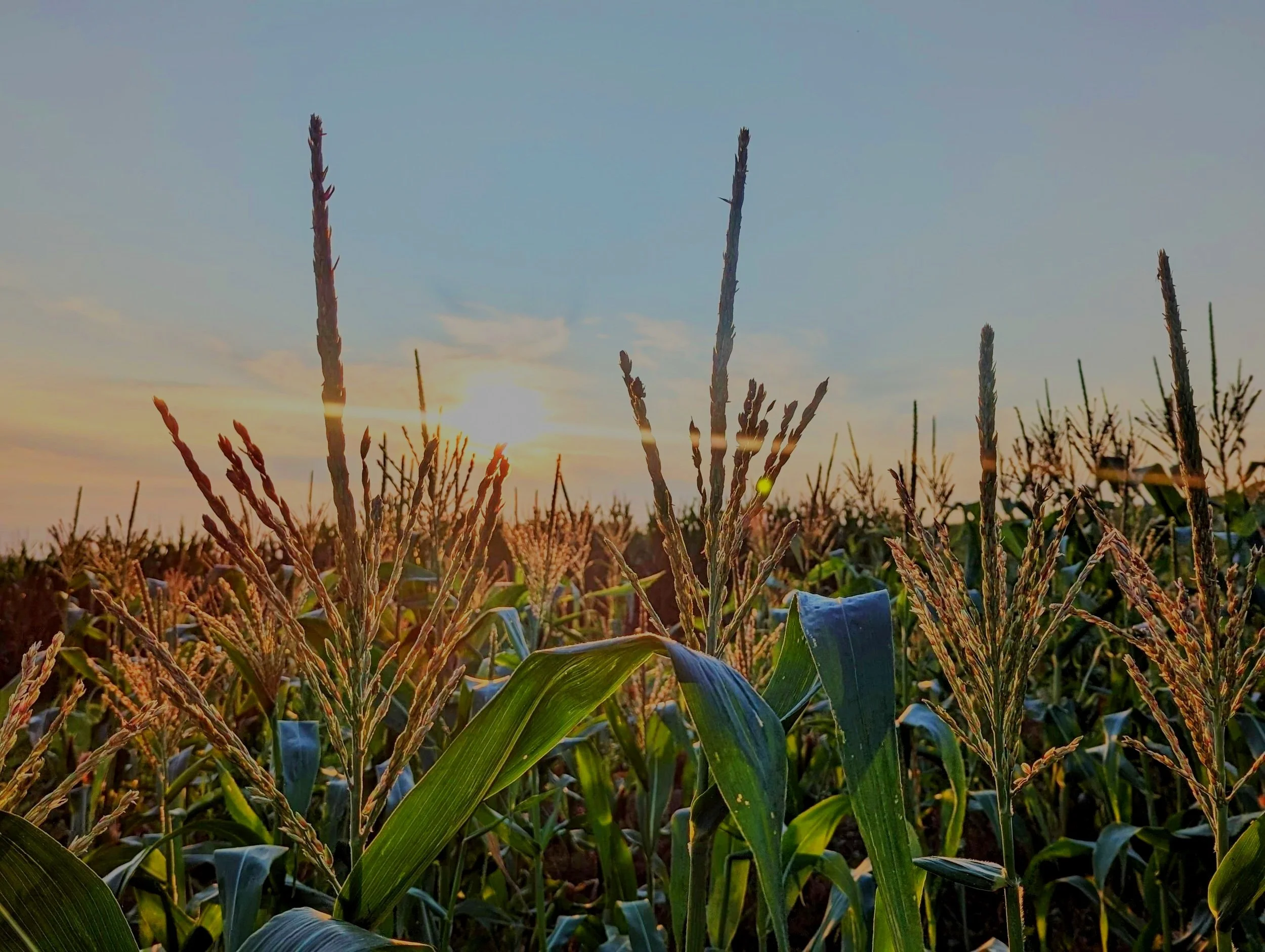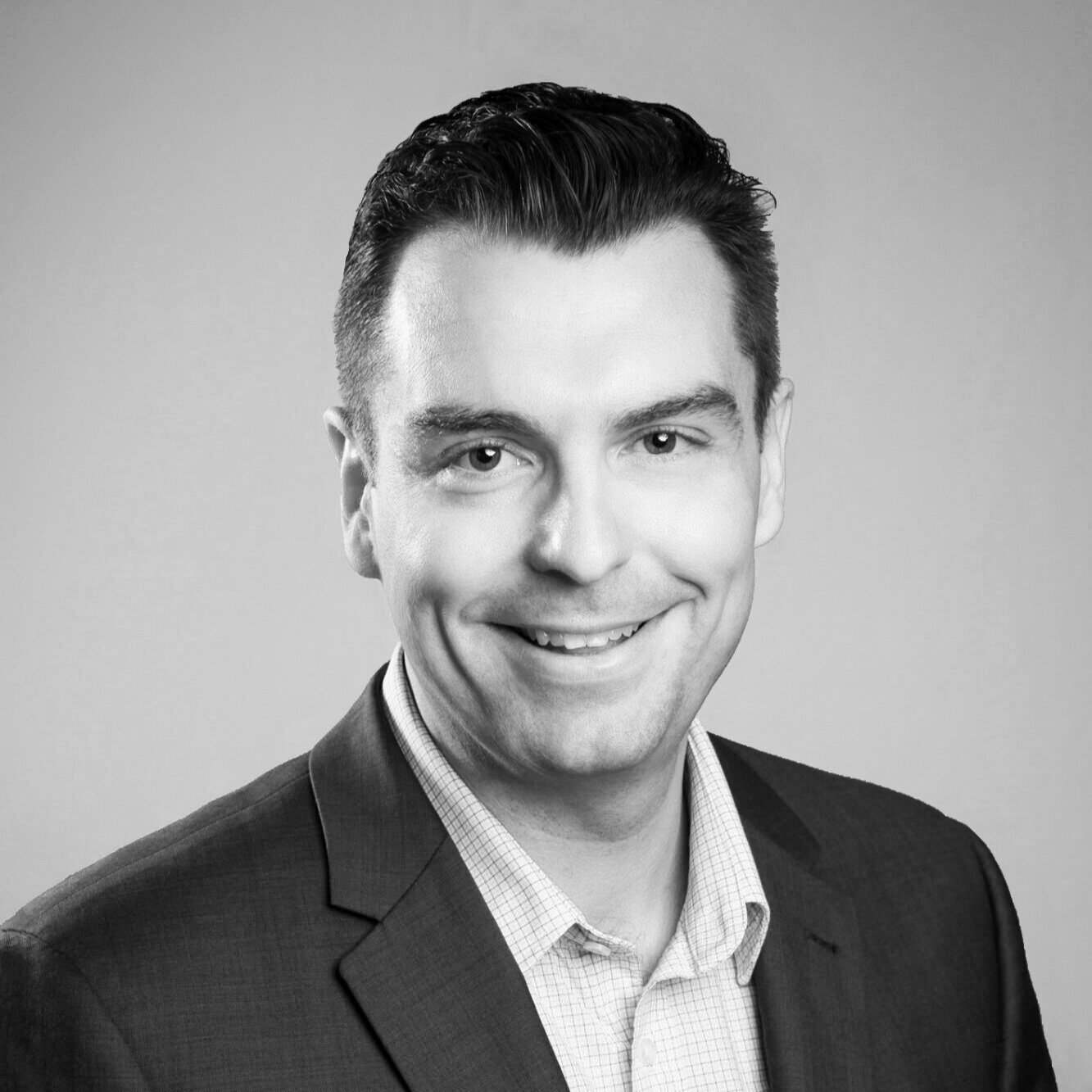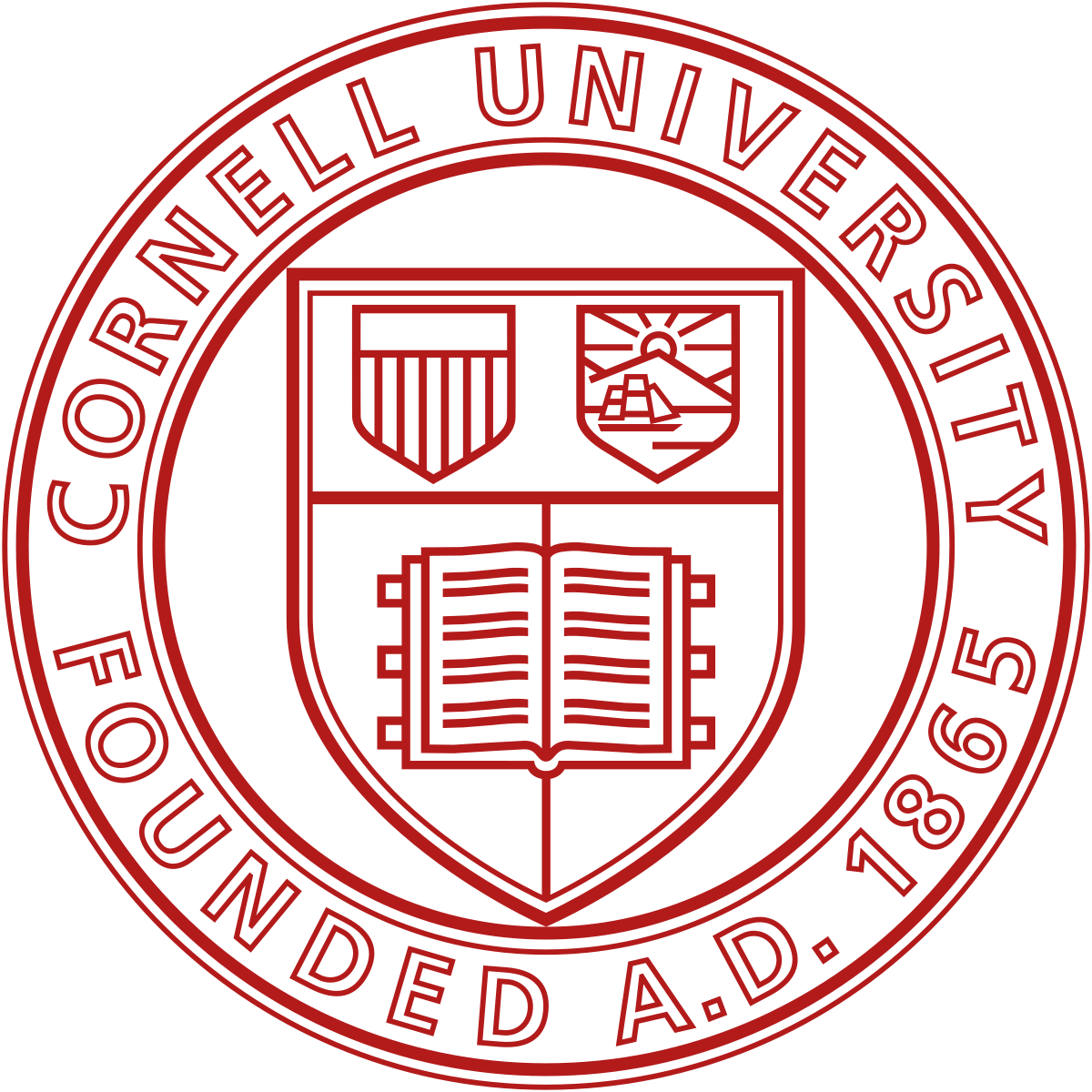
Our Owasco
The Finger Lakes is a natural gem of Upstate New York. A key challenge for the region is protecting lake water quality and improving watershed climate resiliency. The Owasco Watershed is home to generations of farming families. As stewards of the land, farmers are innovating ways to reduce farm run-off into Owasco Lake. Our Owasco is a behavior change initiative funded by The Nature Conservancy to work with local community to increase the adoption of best management farming practices.
-

50%
Increase in farmer grant participation
-

53
Farmer communication pieces
-

200+
Engaged in webinars, events and presentations
-

8,376+
acres of Best Management Practice implementation
-

40+
farmers progressing through AEM
-
-

22
Local organizations represented
-

21,000
Views per communication
-

70+
Capacity and training workshops delivered
-
These are our partners.
Collaboration is an essential part of change.
We work with everyone in the system to create the positive environment needed for widespread change to occur. A project like Our Owasco is only made possible by support from local groups and their passion for facilitating and recognizing collective change efforts. Our partners are key for helping us understand the local lay of the land, build relationships with local influencers, and learn from past successes. Since its inception, Our Owasco has built a network of over 20 project partners. Listed below are examples of these partners.
PROJECT OVERVIEWWhy Behavioral Science?
Soil health practices are useful for reducing agricultural run-off, sequestering carbon, and improving overall crop health and resiliency. While there is strong evidence showing how soil health best management practices are good for the farmer and good for the environment, more work needs to be done in the community to support farmers' adoption of these practices.
Many of the world's biggest challenges, especially those in conservation, involve the attitudes, behaviors and actions of people. The extent to which we can draw on the best behavioral science and utilize that knowledge to develop strategies to bring about change, is crucial to our success in achieving our environmental goals.
What we did
Evidn was engaged by The Nature Conservancy to increase the adoption of soil health farming practices in the Owasco Watershed. What was needed was a behavior change program that innovated the way members of a community are brought together under a common goal to build capacity, improve relationships, and create positive social and environmental change.
Specifically, the project applied behavioral science to -
Drive farmers’ participation in industry best management farming programs, and by doing so, increase the adoption of soil health practices
Enhance the non-agricultural community’s understanding of practice change and improve cohesion between the agriculture and non-agricultural communities
Support farmers’ ongoing ownership and leadership of change
Advance the understanding of non-technical motivations and barriers to change across NY farming communities.
2. Upskilling community members
We trained farmers, agricultural advisors, and civic stakeholders to enhance local change efforts. A suite of capacity building modules were co-developed and delivered with community to develop leadership skills, overcome barriers to resistance, optimize extension communications, and enhance collaboration and cohesion between groups.
3. Creating a culture of change
We engaged with local farmers to write case studies that normalize and destigmatize agricultural practice change. Behavioral change communications included newspaper articles to showcase farmers’ environmental stewardship and change people’s perceptions of farmers in the broader community.
-
Gary Schenck and his son, Jason, are no strangers to this idea on their 130-acre farm located in Fleming. Gary and Jason have seen success when trialing practices beneficial for soil health, such as cover cropping. Cover cropping is the practice of planting crops that benefit the soil, rather than planting crops for harvesting purposes. Benefits of cover crops can be seen when they are used to prevent soil erosion, improve soil health, control weed growth, increase biodiversity and help slow nutrient runoff. Often times, cover crops are planted during the off-season, after the primary crop has been harvested for that growing year.
-
Doug and Janet Young, founders of Spruce Haven Farm, a dairy farm in Union Springs, feel that farmers in the Finger Lakes region are doing their part to protect water quality. Doug, along with his partner sons, Dustin and Luke, and business partner, Jason Koch, manage the dairy operation of 2,000 cows and harvest 3,800 acres of farmland in Cayuga County.
The team at Spruce Haven Farm has partnered with some of the leading agronomic researchers at Cornell University to continue advancing farm nutrient efficiency and long-term agricultural sustainability.
-
Farmers in the Owasco Lake Watershed are continuing their efforts to protect natural resources and water quality. Sheppard Farms is a family-run beef farm that sits in the hills surrounding Owasco Lake, and its owner, Mike Sheppard, is experienced in implementing practices that do just that.
About 10 years ago, Mike began trying out no-till practices on his farm in efforts to improve water quality and crop yield. This practice improves soil health and crop quality by slowing erosion.
Mike reflects on his learnings throughout the process of becoming a no-till farm.
-
Houston Farms is a family-owned dairy farm located in Groton that manages more than 600 acres on the southern side of Owasco Lake in Tompkins County. PJ Houston owns and operates the farm, making him the fourth generation of his family to continue the tradition of agriculture. The fifth generation of Houston Farms is secured, as PJ’s son Robert now works alongside him and plans to continue the family business.
PJ and his family continue to make changes on their farm with the goal of improving their efficiency and sustainability. Over the years PJ has worked closely with Tompkins County’s local agricultural professionals to help achieve this goal.
Owasco lake is the sixth largest Finger Lake and has one of the largest watersheds, spanning approximately 208 square miles. A key challenge for Owasco farmers is protecting lake water quality and improving watershed climate resiliency. Keeping healthy soils is one way to do just this.
How we did it
A key focus of our approach was identifying the system of factors working against the adoption of soil health farming practices in the Owasco Watershed and developing on-ground strategies to reduce their influence in the community. Many of the barriers we identified were considered 'non-technical' where positive change was being impeded by the cognitions, beliefs and actions of individuals and groups.
Our Owasco was developed to modify the behaviors of local farmers, agricultural advisors, industry groups, scientists, educators and civic members because we believe everyone can play a role in being the difference they want to see in their community.
There were three key components to the success of the program.
1. Fostering peer learning
We worked in collaboration with Soil and Water Conservation Districts to drive farmer adoption of soil health practices and engagement in NYSDAM's Agricultural Environmental Management program. Local influencers were invited to form region-specific farmer panels to host barn meetings where farmers gain access to expert speakers and peer experiences implementing soil health practices.
Learn More
-
Our Owasco is a behavior change initiative co-developed by The Nature Conservancy and Evidn. The Nature Conservancy recognized the need to fund a stepwise approach in how people can work together to tackle environmental challenges and saw value in Evidn’s behavioral science methodology to do just this for the Finger Lakes community. Our Owasco was built on the success and insights of Evidn delivering similar adoption work with farmers in Australia to protect water quality of the Great Barrier Reef.
-
Our Owasco started with an initial systems-level analysis of the Owasco Watershed in 2019. This step involved Evidn interviewing over 100 farmers, agricultural advisors, industry groups, scientists, educators, and civic members to understand key barriers to agricultural adoption. A suite of behavioral change strategies were then co-designed and co-delivered with the community between 2020 – 2023 to reduce barriers to change.
-
Evidn’s analysis of the Owasco Watershed revealed several factors creating barriers to change. Examples included lack of farmer recognition, fragmentation and division in the watershed, and a piece-meal approach towards soil health communication. Our Owasco was designed to change the way lake residents view farmers as stewards of the land, increase peer-to-peer learning within farmer networks, and equip watershed groups with behavioral science tools to better work together to protect Owasco Lake.
-
Evidn worked with a wide cross-section of the Owasco Watershed community. Close collaborators included Cayuga County Soil and Water Conservation District, Tompkins County Soil and Water Conservation District, Owaco Watershed Lake Association, and Owasco Lake Watershed Management Council. Groups such as these were pivotal in providing Evidn access to farmer and civic networks and assistance with the coordination of program deliverables.
-
Yes! Evidn is actively seeking opportunities to expand to other watersheds. Contact us if you’re interested in accessing support with services such as behavioral analysis, capacity building, and outreach and communications.
-
In addition to soil health practice adoption, Evidn is supporting industry and communities in New York State to understand how to better equip community members with the knowledge and resources to make informed decisions around renewable energy adoption, how to support farmers take advantage of emerging funding and program opportunities to make positive changes on-farm, and improve the way extension and veterinarians are addressing animal welfare and stewardship.
Contact the Project Team
-

John Pickering
Project Director
-
Katri Haanterä
Project Manager
-

Marissa Jordan
Project Liaison Officer
-

Mahika Hari
Project Assistant















